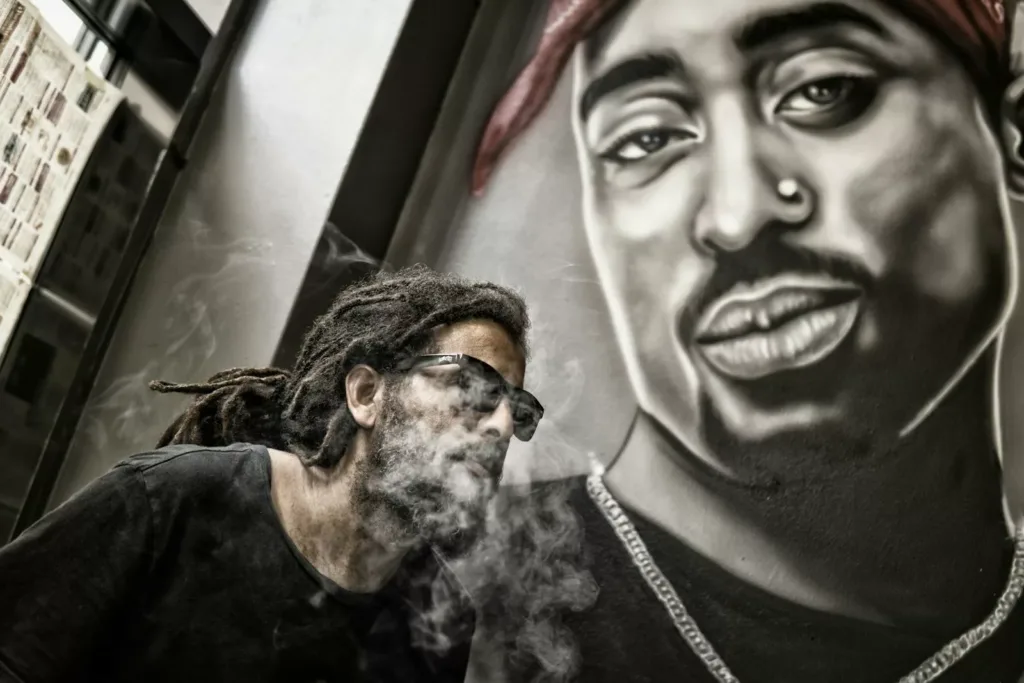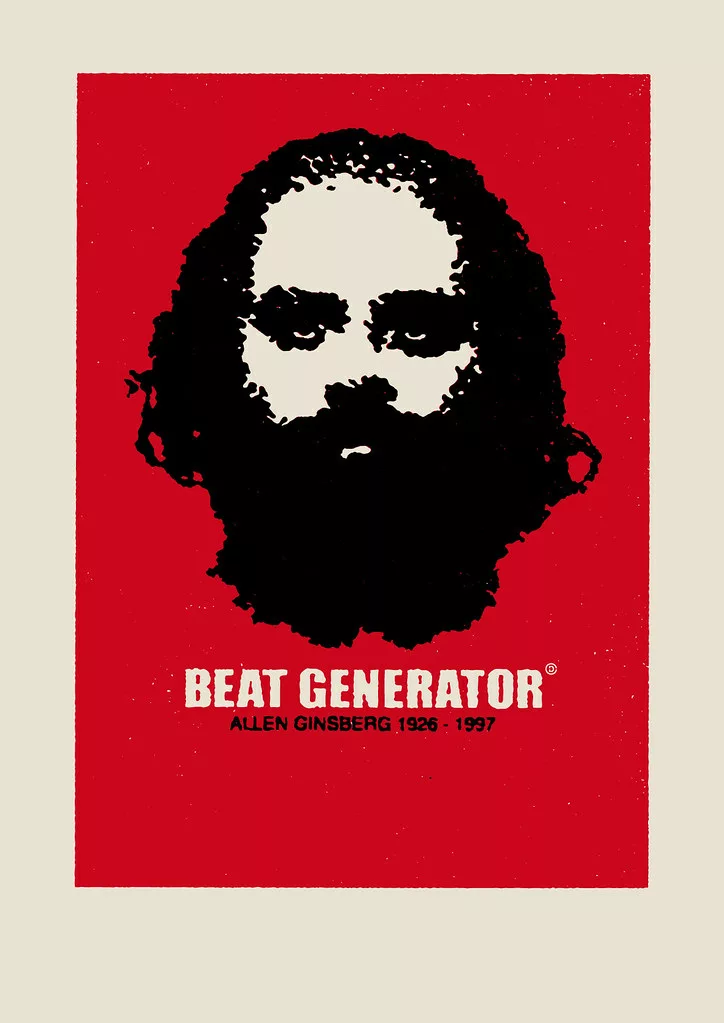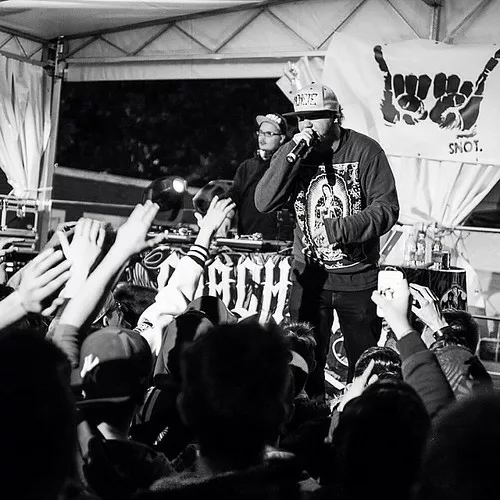In a world where words move with the rhythm of life, there is a fascinating art form that transcends boundaries and echoes the beating heart of society. Welcome to the fascinating realm of rap music, where raw emotions meet intricate wordplay, resulting in powerful narratives that have the power to move souls and spark revolutions.
As we delve into the poetic veins of this expressive genre, we unveil a rich tapestry of narrative that connects past, present, and future. Embark on a journey through time as we unravel the evolution of rap music, tracing its roots back to the humble beginnings of spoken word poetry and the rhythmic songs of ancient civilizations.
Observe how this dynamic art form has transformed and adapted over the decades, reflecting the ever-changing landscapes of culture, politics, and human experience. Join us as we explore the symbiotic relationship between rap, music, and poetry, analyzing the intricate layers that make each verse a powerful testament to the resilience and creativity of the human spirit.
As we navigate the lyrical labyrinth of rap’s evolutionary journey, prepare to be captivated by the magic that happens when music becomes a vehicle for truth, passion, and social critique.

Origins: tracing the roots of rap music
Rap music, with its pulsating rhythms and powerful lyrics, has a rich history going back centuries. To truly understand the origins of this genre, we must travel back in time to the ancient civilizations where the seeds of rap were planted. In African cultures, griots played a key role as storytellers and historians, using rhythmic songs and spoken poems to pass down tales from one generation to the next. These oral traditions laid the foundation for the art of rap, as they celebrated the power of words and their ability to convey emotion.
Fast forward to the 1970s in New York City, where rap music found its modern home in the Bronx. It was here that DJs like Kool Herc began experimenting with drum loops from funk and soul records, creating a new sound that would soon captivate audiences around the world. The emergence of rap as a distinct musical genre can be attributed to these early pioneers who transformed parties into vibrant showcases of lyrical prowess.
From Griots to Emcees: the evolution of storytelling in rap.
Rap music is deeply rooted in storytelling traditions passed down from generation to generation. From African griots to modern presenters, the art of storytelling has always been at the core of rap’s DNA. Through their lyrics, the rappers paint vivid pictures of their experiences, struggles, and triumphs, giving voice to marginalized communities and shedding light on social issues.
As rap has evolved, its storytelling techniques have also evolved. Early pioneers like Grandmaster Flash introduced intricate rhyme schemes and wordplay into their verses, pushing the boundaries of what was possible within this art form. The rise of conscious rap in the 1980s further solidified rap’s reputation as a vehicle for social criticism and political activism. Artists such as Public Enemy and NWA have used their music to address systemic racism, police brutality, and other pressing issues faced by their communities.
The Beat Generation: exploring the rhythmic foundations of rap
At the heart of rap music are its rhythmic underpinnings. The rhythms and instruments that accompany rap lyrics play a crucial role in shaping the overall sound and impact of a song. In many ways, rap can be seen as an extension of the Beat Generation, a literary movement that emerged in the 1950s that emphasized spontaneity, improvisation, and rhythm.
Just as beat poets like Allen Ginsberg (1926 – 1997) and Jack Kerouac (1922 – 1969) experimented with unconventional forms of poetry, rap artists have expanded the boundaries of traditional song structures. The use of syncopated rhythms, complex drum patterns, and sampled melodies has become synonymous with rap music. These rhythmic innovations not only influenced other genres but also became a defining characteristic of rap’s unique sonic identity.

Poetic justice: the art of puns and metaphors in rap lyrics
Rap is often considered a modern form of poetry, in which words are meticulously crafted to convey powerful messages. One aspect that distinguishes rap from other genres of music is its masterful use of puns, metaphors, and other rhetorical figures (such as metonymy or the enjambement). Rappers skillfully manipulate language to create double entendres and clever word associations that add depth and complexity to their lyrics.
From Rakim’s intricate rhymes to the thought-provoking metaphors used by Kendrick Lamar, rap artists have elevated wordplay to an art form. Through their lyrics, they challenge listeners to decipher hidden meanings while providing incisive social commentary. This fusion of poetic techniques and musicality has made rap a captivating medium for self-expression.
Revolution in rhymes: how rap music became a voice for change
Rap music has always been deeply intertwined with social and political movements. From its beginnings in the Bronx to the present, rap has served as a powerful tool for marginalized communities to express their grievances and demand change. The raw, unfiltered nature of rap lyrics allows artists to shed light on issues that are often overlooked or ignored by mainstream media.
Throughout history, rap artists have used their platform to address topics such as racial inequality, police brutality, poverty, and systemic oppression. Songs like Public Enemy’s “Fight the Power” and Kendrick Lamar’s “Alright” have become anthems of resistance, crying out for justice and equality. By harnessing the power of words and music, rap has become a catalyst for social change.
History of sampling: the influence of music on the evolution of rap music
Rap music is built on a rich tapestry of musical influences. From jazz to funk, soul to rock, rap artists have drawn inspiration from various genres to create their signature sound. A key element that has shaped the evolution of rap is sampling, the practice of taking fragments from existing songs and incorporating them into new compositions.
The art of sampling can be traced back to the early days of hip-hop when DJs played drum loops from funk records during live performances. This technique not only provided a rhythmic foundation for rappers but also paid homage to the musical pioneers who preceded them. As technology has advanced, synthesizers have become more sophisticated, allowing artists to manipulate samples in innovative ways.
Women in rap: breaking barriers and redefining narratives
Although rap music has often been dominated by men, women have played a crucial role in shaping its narrative and expanding the boundaries of the genre. From pioneers like Queen Latifah and MC Lyte to contemporary artists like Nicki Minaj and Cardi B, women in rap have challenged stereotypes and social norms.
Women in rap have used their music to address issues such as sexism, misogyny, and gender inequality. They have reclaimed their voice and carved out spaces for themselves in an industry that has historically marginalized them. Through their lyrics, female rappers shattered glass ceilings and paved the way for future generations of artists.
Global impact: the spread of rap music across continents
The influence of rap music extends far beyond its birthplace in the Bronx. Over the years, it has transcended borders and found a home in cultures around the world. From South Africa to South Korea, from Brazil to Italy, rap has become a universal language that unites people from different backgrounds but united by the same desire to achieve more balanced social justice and to break down the boundaries that globalization has paradoxically erected.
The global impact of rap can be attributed to its ability to resonate with individuals who have experienced similar struggles or faced similar social problems. Artists from different countries have embraced rap as a means of expressing their unique stories while staying true to their cultural roots. This cross-pollination of styles and perspectives has enriched the genre, resulting in a vibrant global rap community.
The sounds of the future: trends and innovations shaping the future of rap
Rap music is constantly evolving, adapting to new technologies and cultural changes. Looking ahead, several trends and innovations are shaping the direction of this dynamic genre.
A notable trend is the fusion of rap with other genres such as trap, R&B, and electronic music. Artists such as Travis Scott and Drake have blurred the boundaries of the genre, creating a sound that appeals to a wide range of listeners. In addition, advances in production software have made it easier for aspiring artists to create professional-quality tracks from the comfort of their own homes.
Rhythm and rhyme: the poetry behind rap lyrics
Rap is poetry set to music. The intricate rhyme schemes, wordplay, and storytelling techniques employed by rappers make their lyrics resemble modern poetry. Just as poets carefully select words to evoke emotions and paint vivid images, the most influential rappers create their verses with precision and intention.
The poetic nature of rap can be seen in the way artists manipulate language to create rhythm and flow. The use of internal rhymes, alliteration, and assonance adds musicality to their verses, elevating them beyond mere spoken words. Through their lyrical prowess, rappers have transformed everyday language into an art form that resonates with millions of people.
Voices of change: rap music as a catalyst for social justice
Rap has always been deeply rooted in social justice movements. From its beginnings as a form of protest against social injustice to its continuing role in shedding light on pressing issues, rap has been a powerful catalyst for change.
Through their lyrics, the rappers addressed topics such as police brutality, racial inequality, poverty, and systemic oppression. They have given a voice to marginalized communities and sparked conversations that challenge the status quo. Using their platform of activism, rappers have demonstrated that music can be a force for positive social change.

Global influence: how rap music crossed borders and the United Nations
The global influence of rap music cannot be overstated. It transcended cultural and language barriers, uniting people from all walks of life. The United Nations has even recognized the power of rap as a tool for social change, declaring it an official art form in 2019.
Artists from different countries have embraced rap as a means of expressing their unique stories while staying true to their cultural roots. This cross-cultural exchange has enriched the genre, resulting in a diverse and vibrant global rap community. Rap’s ability to connect people on a universal level is a testament to its lasting impact.
Concluding remarks: Reflection on the enduring legacy of rap music.
Rap music has come a long way from its humble beginnings in the Bronx. It has evolved from a niche genre to a global phenomenon, captivating audiences with its powerful lyrics and infectious rhythms. The art of rap is a testament to the enduring power of music and poetry, demonstrating the ability of words to transcend barriers and trigger change.
If you like this post, you can always donate to support my activity! One coffee is enough!

